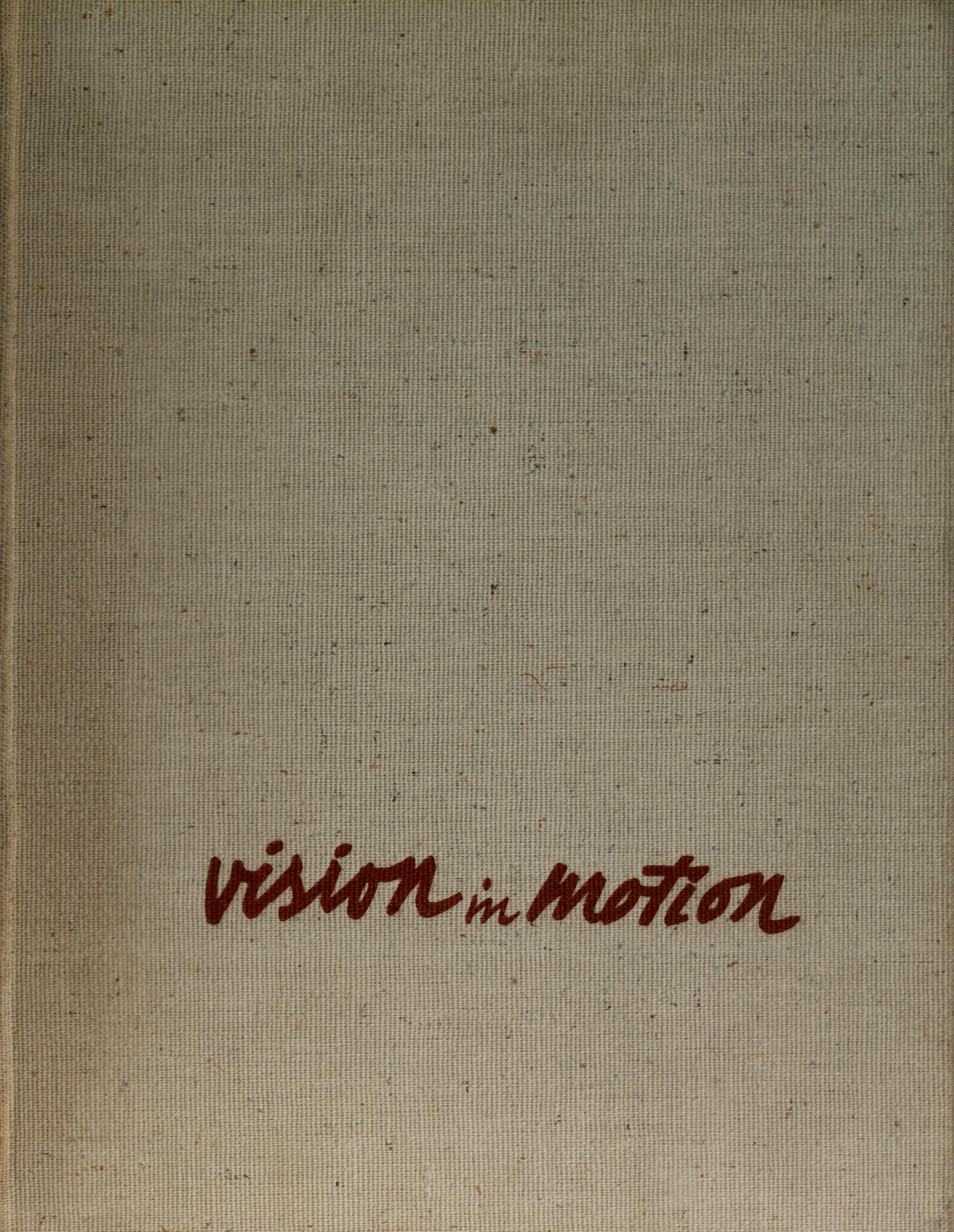Xanti Schawinsky: Head Drawings and Faces of War (2014)
Filed under catalogue | Tags: · art, bauhaus, drawing, war

This catalogue offers “a look at first generation Bauhaus artist Alexander ‘Xanti’ Schawinsky’s oeuvre, which encompasses a range of social and political investigations. Schawinsky played a key role in the school’s vital social life and was a member of the Bauhaus Band. He studied graphic design and experimental photography and was also deeply engaged in the Bauhaus’s theater workshop as an actor, set and costume designer, creator of performances, and teacher.
The exhibition catalogue focuses on two bodies of work Schawinsky made between 1941 and 1946, Faces of War and the Head Drawings. The former are man-machine hybrids that could represent either an aggressive enemy or a powerful avenger—or perhaps an identity that encompasses both. The Faces of War break from the utopian optimism of the early Bauhaus and reveal the existential struggle of an artist coping with identity and the devastation of war. The Head Drawings allowed Schawinsky to literally remake his own “portrait” out of such detritus of the natural world as thread, crystals, rope, and rocks.”
Introduction by Brett Littman
Essays by Michael Bracewell and Juliet Koss
Publisher The Drawing Center, New York, 2014
Drawing Papers series, 119
ISBN 9780942324891
120 pages
Paul Klee’s class notes (1921-1931)
Filed under personal journal | Tags: · art, art education, bauhaus, colour, design, image, theory

A collection of notes made by Klee while teaching at Bauhaus, now kept in and recently digitised by the Zentrum Paul Klee, Bern. Included is the 192-page book of lectures and exercises titled Beiträge zur bildnerischen Formlehre, created between November 1921 and December 1922, and another ca. 3900 loose manuscript pages from 1923-31, collected under the title Bildnerische Gestaltungslehre.
Introduction (in German)
JPG, PDFs
Selection (JPGs)
See also the printed editions Pedagogical Sketchbook (DE, EN, GR, RU) and Notebooks (EN).
Comment (0)L. Moholy-Nagy: Vision in Motion (1947)
Filed under book | Tags: · abstraction, architecture, art, art education, bauhaus, biology, design, film, image, industrial design, life, light, literature, machine, motion, painting, perception, photography, poetry, sculpture, technology, visual communication, visual poetry

“This book is written for the artist and the layman, for everyone interested in his relationship to our existing civilization. It is an extension of my previous book, The New Vision. But while The New Vision gave mainly particulars about the educational methods of the old Bauhaus, Vision in Motion concentrates on the work of the Institute of Design, Chicago, and presents a broader, more general view of the interrelatedness of art and life.” (from the author’s foreword)
Publisher Paul Theobald, Chicago, 1947
371 pages
PDF (114 MB, no OCR)
Comments (2)
